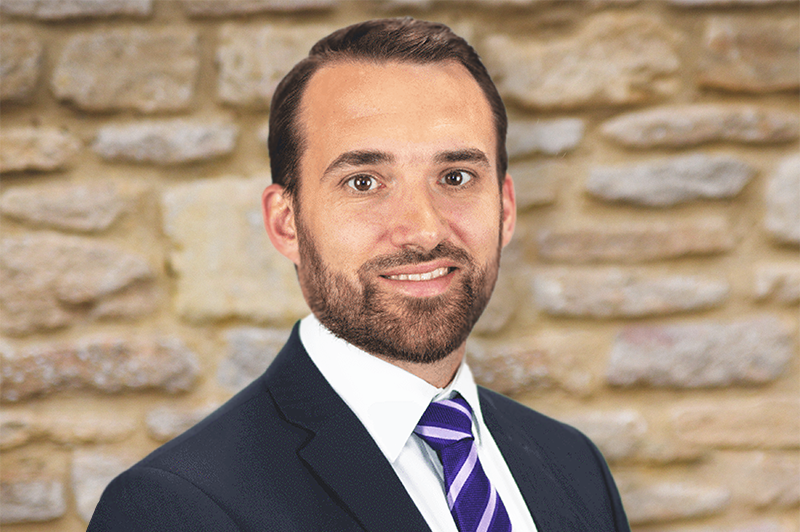When making financial decisions, you will often have to decide how much risk you are prepared to take with your money. Sometimes this choice is not immediately obvious; leaving money in a bank account seems like a risk-free option but you are a) assuming the bank will not fail and b) likely to see the spending power of your capital eroded by inflation. Other times, the risk is far more obvious, for instance betting your life savings on an unfancied horse to win the Grand National; high risk but high reward.
Investment risk is multi-dimensional and requires several factors to be considered to form what we call your risk profile. Traditional wealth managers will talk of areas like liquidity risk, credit risk and currency risk. Whilst these are all important to understand for anyone taking investment risk, as financial advisers our role is to gain a deeper understanding of your personal risk profile.
When discussing risk with your adviser, there will be a focus on:
- Your investment experience;
- Your risk tolerance;
- Your objectives and the level of level of return you require to achieve these;
- Your capacity to absorb losses in an investment portfolio; and
- Your investment time horizon.
Our job as advisers, is to piece these elements together to create a suitable investment portfolio to help you meet your objectives and crucially, to ensure you are comfortable with the nature of the portfolio and do not make decisions which may negatively impact your objectives at inopportune times.
Experience
We often see people equating taking investment risk with other areas of life, most commonly analogous to crossing the road. These are of course very different risks, but what is common is how our perception of risk is shaped by our experiences of life.
From the time you first stood on the edge of a curb, you were assessing the risks facing you when crossing the road. As you got older and started walking to school alone, to the first day at work in a busy city, you were building up your crossing the road risk profile.
Investment risk is no different, although for the vast majority of the population, your education starts much later. Like crossing the road, those with little experience of investment should be encouraged to tread more carefully than more seasoned investors.
Risk Tolerance
Risk tolerance is psychological and is therefore best assessed through the use of psychometric questionnaires. The best questionnaires will typically assess your attitude to taking investment risk; your return expectations as a result of tasking risk; and most importantly, how you react to adverse events.
Risk tolerance should not be confused with risk appetite. Our risk tolerance tends to be consistent throughout our lives. Risk appetite on the other hand is often swayed by more recent events. It is this appetite for risk that often sees amateur investors buying into markets as they rise and selling following a correction. This is a surefire way of destroying wealth and as advisers, it is our role to help you overcome these urges.
Do you need to take risk?
Often overlooked is the need to actually take risk, which is defined by your long-term objectives. If you are looking to invest money, you should consider why you want to invest. It might be to ensure you have sufficient income to meet retirement expenditure, or to ensure you can enjoy a world cruise every year, or even just to play golf more regularly in retirement than you can today.
A lifetime cash flow model can be used to establish what level of return you require to meet these objectives and indeed, how much, if any, investment risk you need to take.
Capacity for loss
Whilst some of the factors making up your risk profile are subjective, capacity for loss is usually measurable.
- How does a fall in the value of your investments impact your ability to meet your objectives?
- Would a 20% investment loss require you to take a lower level of income from your pension to ensure it lasts your lifetime?
- How much cash do you have in reserve to meet unforeseen expenditure?
- Do you have guaranteed income which meets all or part of your expenditure?
Your adviser can assess your capacity for loss through an assessment of your financial resources and stress testing your cash flow model. Once this has been established, you should consider how you would react to a fall in the value of your portfolio, what resources you have to overcome this and what action you could take.
Investment time horizon
As the adage goes “it is time in the market, not timing the market”. The longer you can invest for, the more risk you can afford to take and the better your potential returns. This is largely as you have time for your investments to recover from any correction and is the reason why you should not consider investing if you envisage requiring access to your investment in the next 3 years or so.
Risk Profile
Once all of the factors have been considered there will inevitably be conflicts; for example you may have a need to take risk to meet an objective, but don’t have the tolerance for the required level of risk. It is our job as advisers to help prioritise your objectives, and in doing so to prioritise the risk factors that make up your risk profile.
At Integrity365, we take the utmost care to ensure the suitability of investment recommendations, including the use of sophisticated tools to analyse the suitability of your current portfolio and how this compares to an alternative investment strategy. If you would like any further information or an adviser to contact you regarding a cash flow forecast, please contact us on 0117 450 1300.







